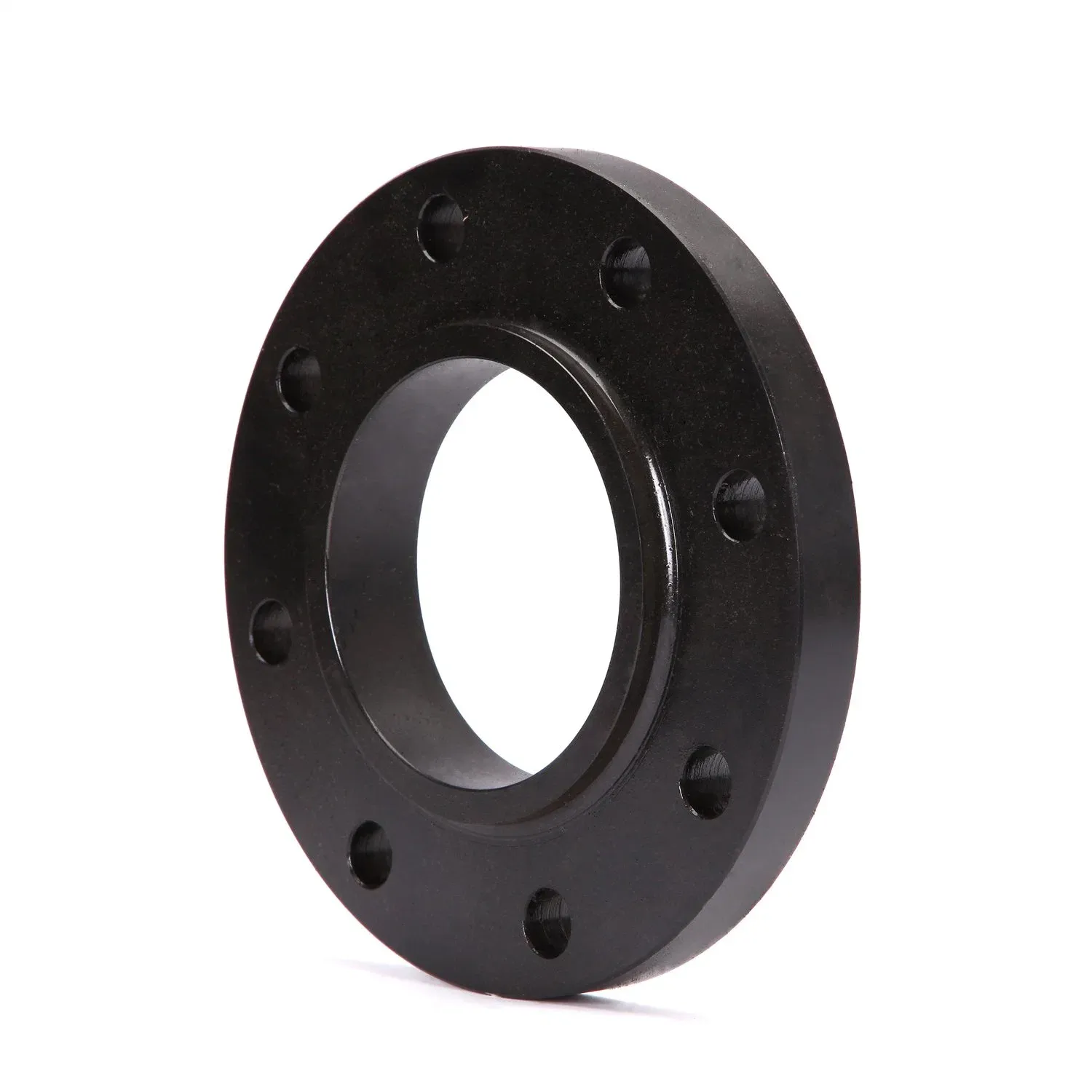-
Cangzhou Yulong Steel Co., Ltd.
-
Phone:
+86 13303177267 -
Email:
admin@ylsteelfittings.com
- English
- Arabic
- Italian
- Spanish
- Portuguese
- German
- kazakh
- Persian
- Greek
- French
- Russian
- Polish
- Thai
- Indonesian
- Vietnamese
- Zulu
- Korean
- Uzbek
- Hindi
- Serbian
- Malay
- Ukrainian
- Gujarati
- Haitian Creole
- hausa
- hawaiian
- Hebrew
- Miao
- Hungarian
- Icelandic
- igbo
- irish
- Japanese
- Javanese
- Kannada
- Khmer
- Rwandese
- Afrikaans
- Albanian
- Amharic
- Armenian
- Azerbaijani
- Basque
- Belarusian
- Bengali
- Bosnian
- Bulgarian
- Catalan
- Cebuano
- China
- China (Taiwan)
- Corsican
- Croatian
- Czech
- Danish
- Esperanto
- Estonian
- Finnish
- Frisian
- Galician
- Georgian
- Kurdish
- Kyrgyz
- Lao
- Latin
- Latvian
- Lithuanian
- Luxembourgish
- Macedonian
- Malgashi
- Malayalam
- Maltese
- Maori
- Marathi
- Mongolian
- Myanmar
- Nepali
- Norwegian
- Norwegian
- Occitan
- Pashto
- Dutch
- Punjabi
- Romanian
- Samoan
- Scottish Gaelic
- Sesotho
- Shona
- Sindhi
- Sinhala
- Slovak
- Slovenian
- Somali
- Sundanese
- Swahili
- Swedish
- Tagalog
- Tajik
- Tamil
- Tatar
- Telugu
- Turkish
- Turkmen
- Urdu
- Uighur
- Welsh
- Bantu
- Yiddish
- Yoruba

Jul . 31, 2024 20:26 Back to list
Understanding the Specifications and Applications of DIN Pipe Flanges in Various Industries
Understanding DIN Pipe Flanges A Comprehensive Overview
DIN pipe flanges are a fundamental component in various piping and plumbing systems across industries. They play a crucial role in the assembly of pipe systems, ensuring secure connections that can withstand various pressures and temperatures. The term DIN stands for the Deutsches Institut für Normung (German Institute for Standardization), which establishes standardized dimensions and specifications for flanges, guaranteeing compatibility and interchangeability across different manufacturers.
What Are DIN Pipe Flanges?
DIN pipe flanges are used to connect sections of pipe, allowing for easy assembly and disassembly. They consist of two main components the flange itself and the corresponding gasket that provides a tight seal. Flanges can be made from a variety of materials, including carbon steel, stainless steel, and plastic, each chosen based on the application’s requirements such as temperature, pressure, and environmental conditions.
The design of DIN flanges includes several standard series, including DIN 2573, DIN 2576, and DIN 2642, among others. Each series has specific pressure ratings and dimensions, making them suitable for different industrial applications. These standards help maintain quality and performance, ensuring that flanges can handle the rigors of industrial environments, such as chemical processing, oil and gas extraction, and water treatment facilities.
Types of DIN Pipe Flanges
Several types of DIN flanges cater to different connection needs
. The most common include1. Blind Flanges (DIN 2631) These are solid flanges with no opening in the center, used to seal the end of a pipe or a valve. They provide a clean, secure closure for piping systems.
2. Weld Neck Flanges (DIN 2630) These flanges have a long neck that is welded to the pipe, providing increased strength and stability. They are ideal for high-pressure applications due to their ability to handle stress and temperature fluctuations.
3. Slip-On Flanges (DIN 2527) Designed to slip over the pipe, these flanges are easier to align and install. Slip-on flanges are commonly used in low-pressure applications.
din pipe flanges

4. Socket Weld Flanges (DIN 3239) These feature a socket for the pipe to be inserted, which is then welded in place. They are typically used for small diameter pipes and high-pressure applications.
5. Spectacle Blinds (DIN 2576) These are used to isolate sections of piping. They can be rotated to either block or allow the flow of material in a pipeline.
Key Benefits of DIN Pipe Flanges
1. Standardization The DIN system ensures uniformity across various manufacturers, making procurement and assembly easier for engineers and contractors.
2. Versatility With various types of flanges available, they can be used in diverse applications, from simple plumbing projects to complex industrial systems.
3. Ease of Installation Flanges allow for easy assembly and disassembly, which is vital for maintenance and repairs. Their design facilitates quick adjustments and modifications to piping systems.
4. Strength and Durability Made from high-quality materials, DIN flanges can withstand significant pressure and temperature, ensuring the longevity of the entire piping system.
5. Safety and Reliability Properly installed DIN flanges provide leak-proof connections, which are essential for safety in industrial applications, especially in hazardous environments.
Conclusion
DIN pipe flanges are essential components that enhance the functionality and reliability of piping systems. Their standardized design ensures interoperability and ease of maintenance, making them a preferred choice across numerous industries. Understanding the various types and their applications can help professionals select the right flange for their specific needs, ultimately leading to safer and more efficient piping systems. As industries continue to evolve, the importance of reliable and standardized components like DIN pipe flanges remains constant, supporting the backbone of modern infrastructure.
Latest news
-
ANSI 150P SS304 SO FLANGE
NewsFeb.14,2025
-
ASTM A333GR6 STEEL PIPE
NewsJan.20,2025
-
ANSI B16.5 WELDING NECK FLANGE
NewsJan.15,2026
-
ANSI B16.5 SLIP-ON FLANGE
NewsApr.19,2024
-
SABS 1123 FLANGE
NewsJan.15,2025
-
DIN86044 PLATE FLANGE
NewsApr.19,2024
-
DIN2527 BLIND FLANGE
NewsApr.12,2024
-
JIS B2311 Butt-Welding Fittings LR/SR 45°/90° /180°Seamless/Weld
NewsApr.23,2024











